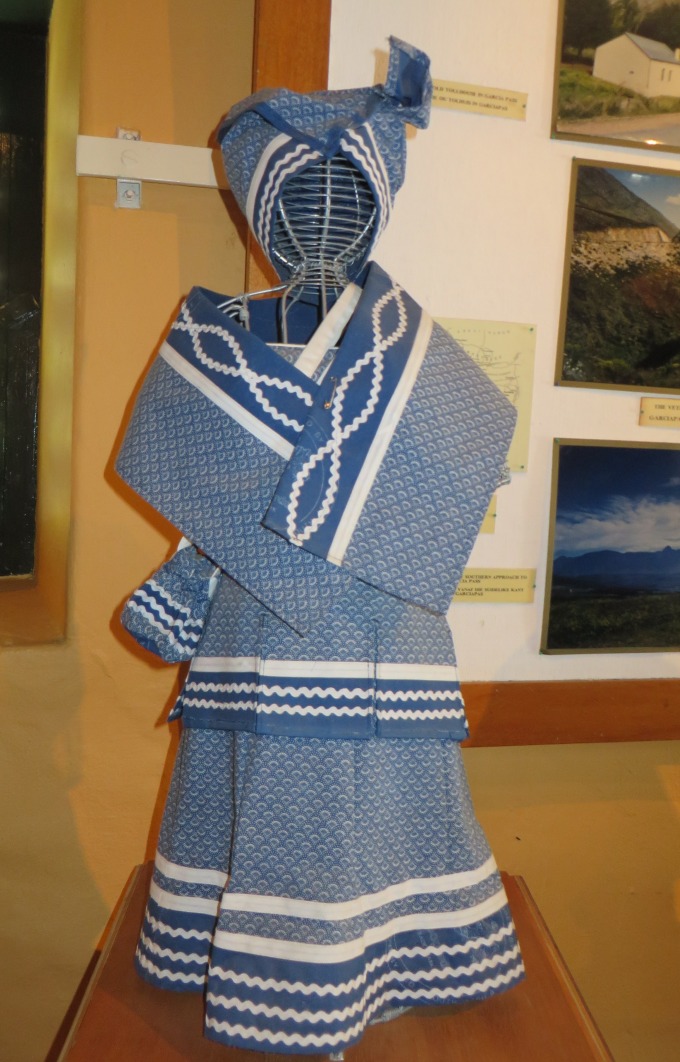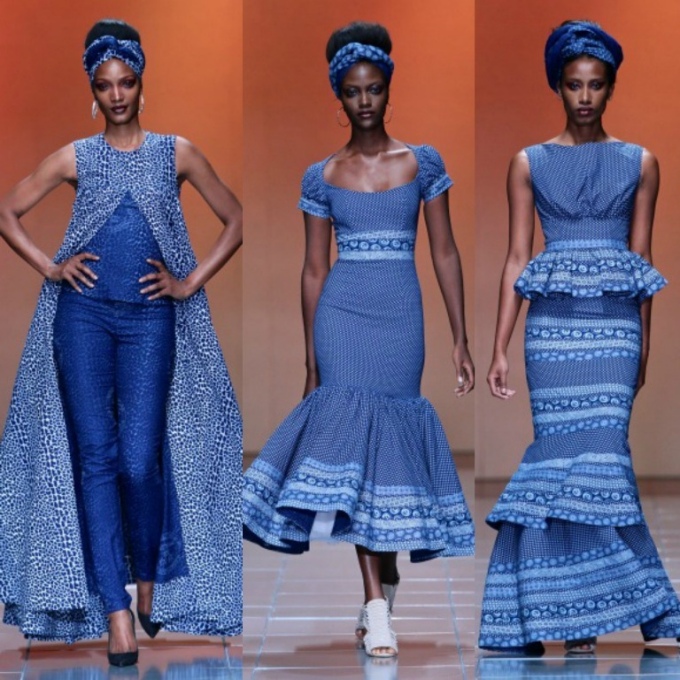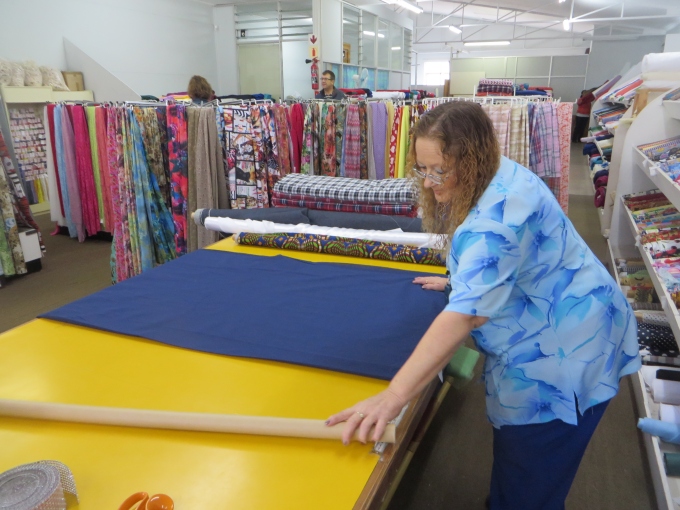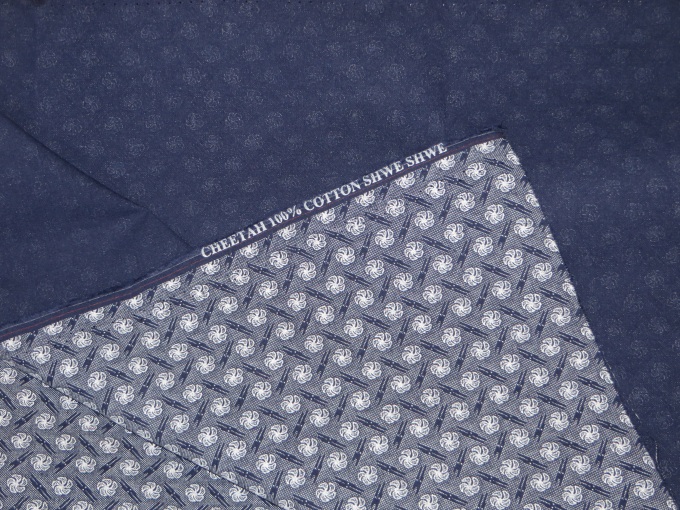In Search of Shweshwe
/Sometimes I get sidetracked by some trivial thing I see or read about. While at the Dias Museum the other day, I was interested in an exhibit about a unique fabric known as “shweshwe” (shway-shway). It's considered the “denim or tartan of South Africa”, incorporating intricate geometric designs in a range of colors, but more traditionally indigo blue, and manufactured using an acid discharge and roller printing technique on pure 100% cotton calico.

Evidently, the early German, Dutch and eastern European settlers in South Africa were familiar with “blaudruck” (blue print) fabric, used by peasants and farmers, and brought it to South Africa with them when they emigrated here. The story goes that French missionaries gave Lesotho's King Moshoeshoe I (pronounced Mu-shway-shway) a gift of the blue print fabric in the 1840s. He liked it and it became popular with the locals as well as the immigrants. The name of the fabric was referred to thereafter as shweshwe or isi-shweshwe. Today, the same fabric is even used in high fashion.
I asked Brigita, a pleasant docent at the Dias Museum, about the current availability of shweshwe. She actually took the time to call around and found a shop right in Mosselbaai that sold it. We visited Lekker Lap Materiale the other day and sure enough, there were several shweshwe colors and prints available.
Corne (Cor-nay) was happy to help. I chose a more traditional blue print and purchased some.
It had the official shweshwe mark on the selvage. I noted that it was printed on one side and solid on the other, one of the characteristics of shweshwe fabric.
Used for dresses, skirts, aprons and more, shweshwe is traditionally worn by newly married Xhosa women (makoti) and married Sotho women. After I knew what it was, I reviewed some of the pictures I'd taken of women in traditional dress in Durban and there it was … shweshwe fashion right before my eyes. By the way, evidently it is available in the USA and used primarily as a quilting fabric.
In Eastern Europe, the traditional blaudruck fabric was worn by women as a sign of solidarity during the socialist movement. Here in South Africa, shweshwe was worn as a political statement by white women opposed to Apartheid.
While at the fabric shop, Corne also pointed out a bright, colorful African pattern on a Dutch waxprint fabric (like batik) that was called Mama Africa. How could I resist?
So, what will I do with the fabric. Well, I've covered pillows with fabric showing local designs before and made aprons and placemats … Panama, Fiji, New Zealand. This time, however, I haven't given it much thought. It's a souvenir of Mosselbaai and South Africa and I'm sure I'll put it to good use … and it stows more easily than that 8' tall carved giraffe I wanted to buy.







